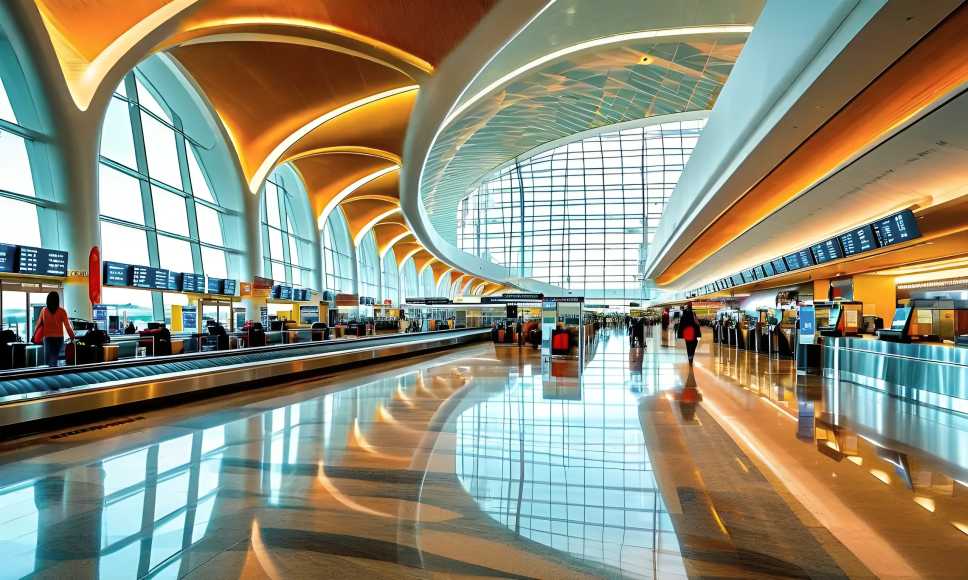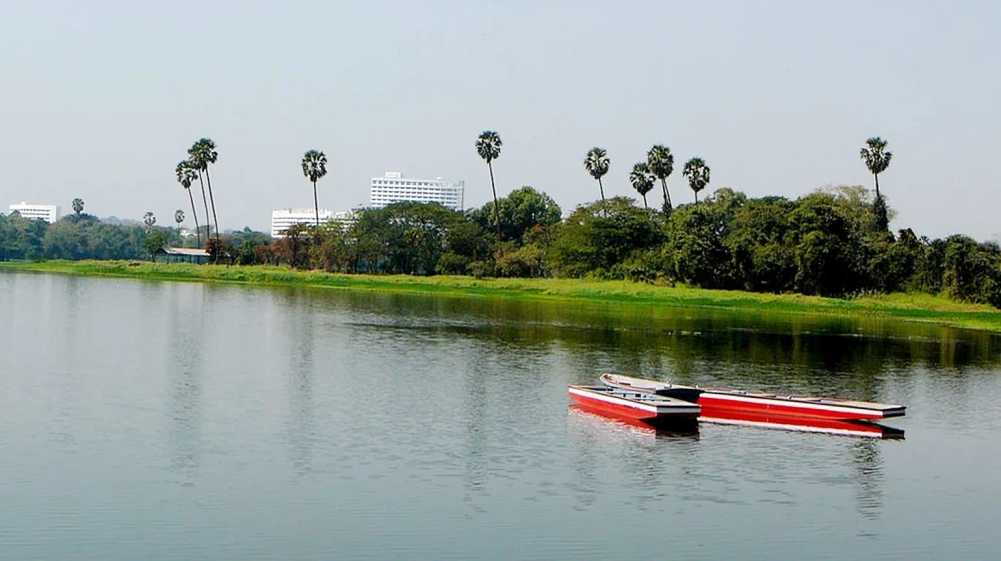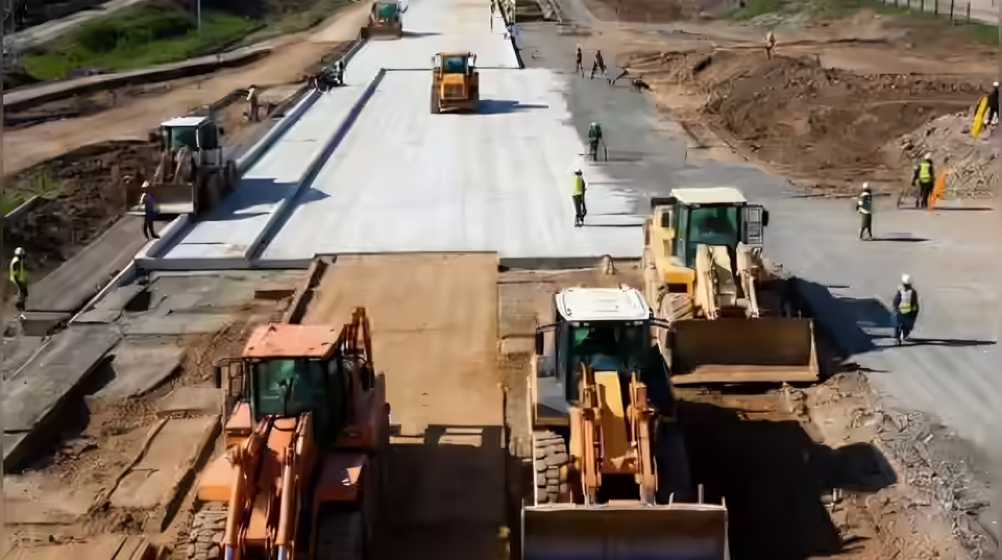July 22, 2025: India’s financial capital is set to witness a significant transformation in its aviation landscape, with an investment of Rs 96,000 crore planned over the next five years to upgrade airport infrastructure and surrounding real estate. This ambitious expansion is aimed at enhancing domestic air travel capacity, with a strong focus on the Navi Mumbai International Airport (NMIA) and Mumbai’s existing airport.
The centrepiece of this investment is the upcoming NMIA, which is expected to commence operations by October. Initially designed to handle 20 million passengers annually with a capital outlay of Rs 19,000 crore, the airport is projected to undergo significant expansions. Plans are underway for a second terminal, with options including a Rs 30,000 crore terminal supporting three-code passenger aircraft (CPA) or a larger Rs 40,000–Rs 45,000 crore terminal with a five-CPA capacity. Over time, NMIA is expected to scale up to accommodate 90 million passengers annually, with overall investments nearing Rs 1 lakh crore.
In parallel, plans are also in place for a new Terminal 1 at Mumbai’s existing airport by 2032, estimated at Rs 5,000 crore. This upgrade is critical to meet growing passenger demand. Similar enhancements are scheduled for other airports in Ahmedabad, Jaipur, Thiruvananthapuram, and Lucknow, while Guwahati is due to unveil a new terminal later this year.
The funding strategy involves a careful mix of internal reserves and debt refinancing, reflecting a disciplined financial approach. Central to this development is close coordination with key Indian carriers such as IndiGo and Air India, ensuring infrastructure growth is synchronised with airline network expansion and evolving passenger needs.
More than operational upgrades, these projects aim to create sustainable, inclusive urban transport ecosystems—promoting better connectivity, advanced technologies, and a greener future for Indian aviation.
Source: Urban Acres





